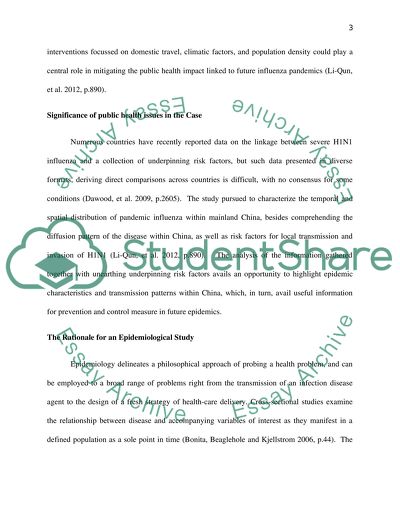Cite this document
(“Number one Key Health Problem(s) in the Case Study Essay”, n.d.)
Retrieved from https://studentshare.org/health-sciences-medicine/1404524-distribution-and-risk-factors-of
Retrieved from https://studentshare.org/health-sciences-medicine/1404524-distribution-and-risk-factors-of
(Number One Key Health Problem(s) in the Case Study Essay)
https://studentshare.org/health-sciences-medicine/1404524-distribution-and-risk-factors-of.
https://studentshare.org/health-sciences-medicine/1404524-distribution-and-risk-factors-of.
“Number One Key Health Problem(s) in the Case Study Essay”, n.d. https://studentshare.org/health-sciences-medicine/1404524-distribution-and-risk-factors-of.


